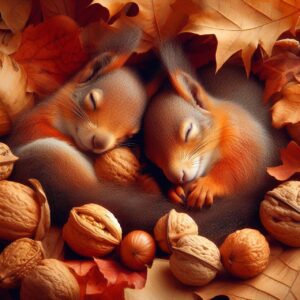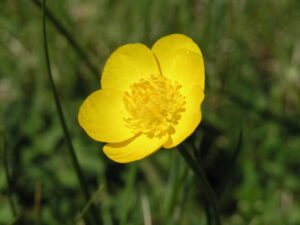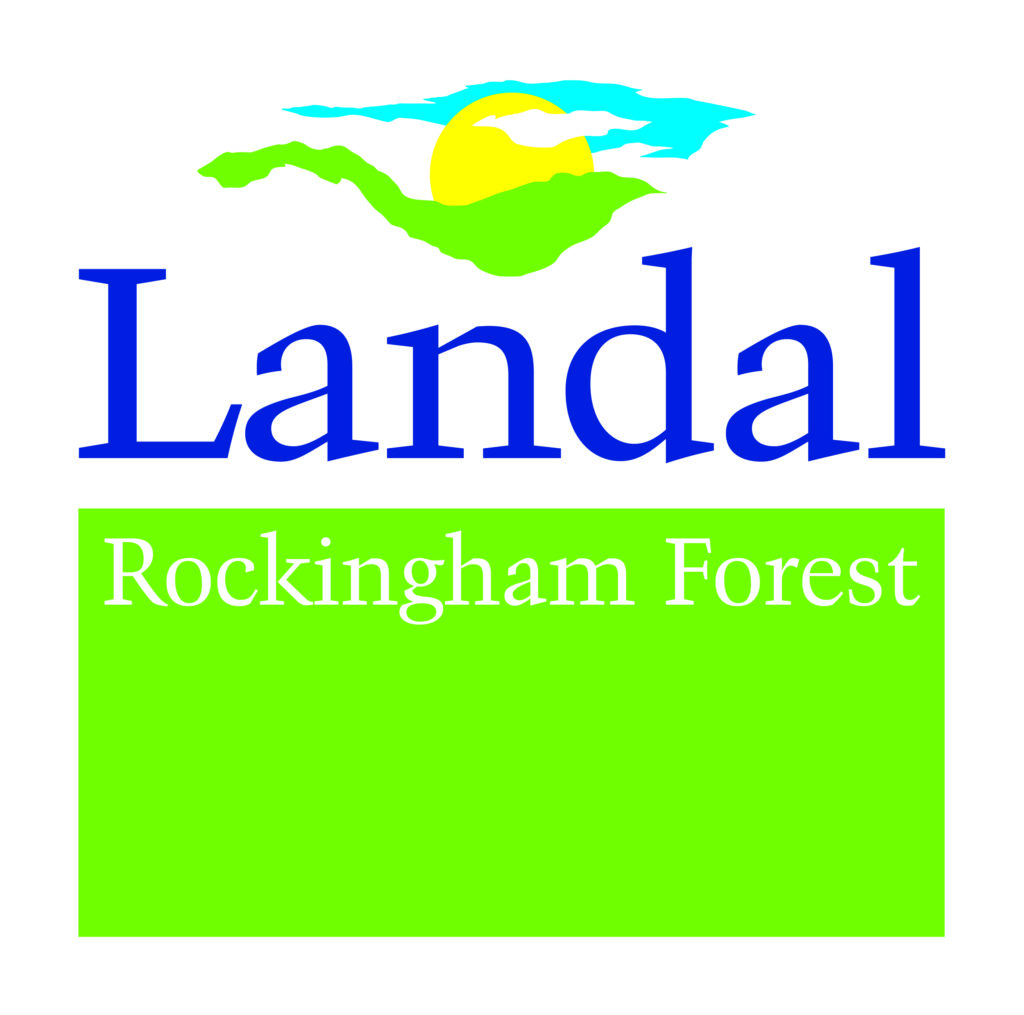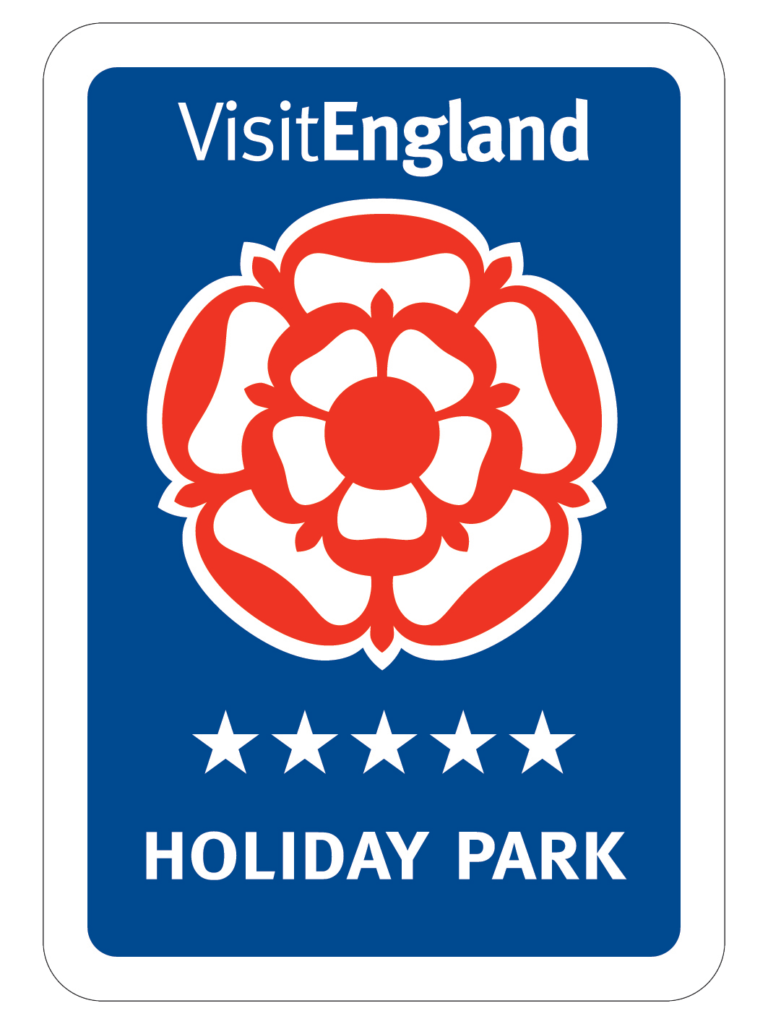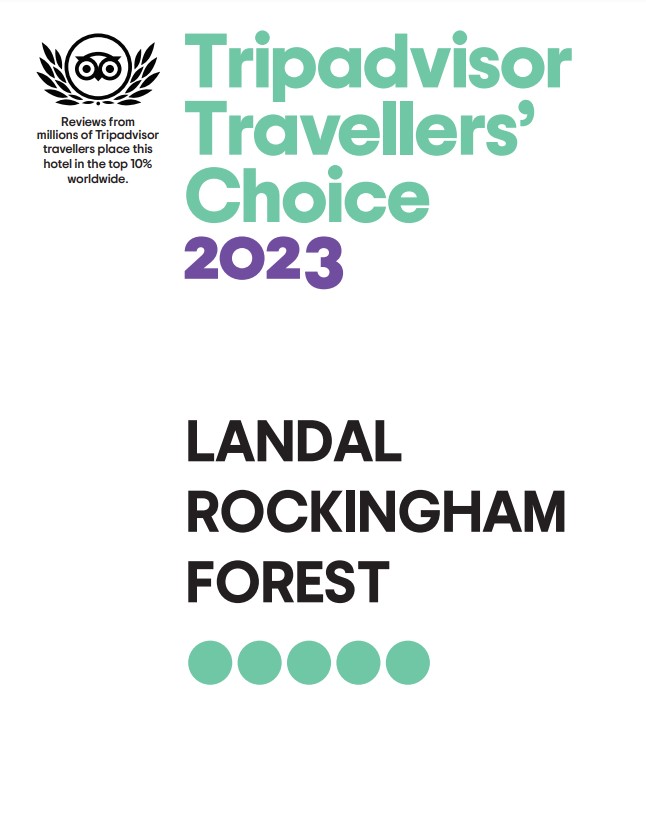Those guests visiting recently will have seen our areas of wildflower turf have had their annual haircuts ready for Winter. Removing the clippings to encourage more growth next year and waiting to do the final cut until after all the flowers have been seeded to make sure we have a lovely display next year.
Wildflower turf is pollinators’ dream from the bees to small birds, mammals, and amphibians. They provide an excellent habitat and food source for spiders, butterflies, bees, and small birds.
During the summer we have had an amazing display adding to the biodiversity of our site.
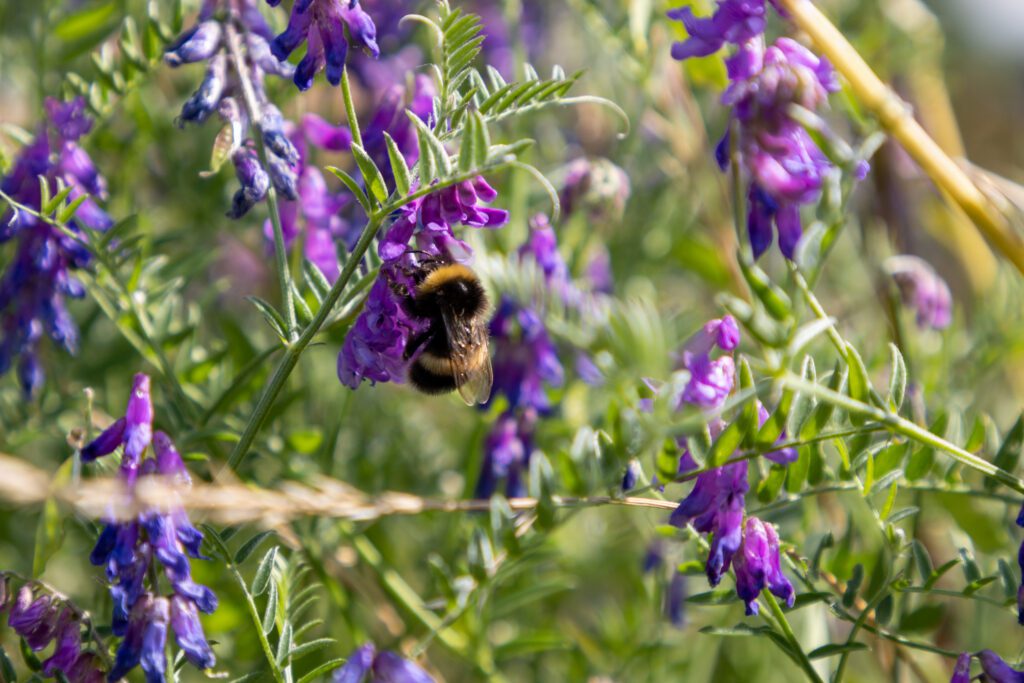
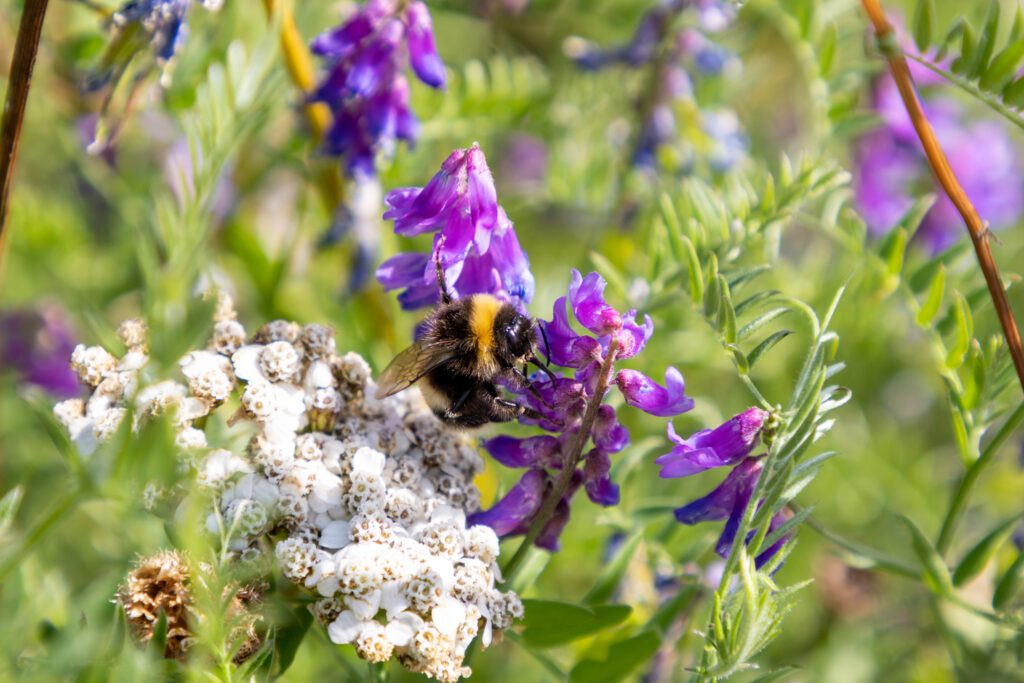
Wildflowers commonly found in wildflower turf, Oxeye daisies, clover, yellow rattle, cornflowers, borage, white campion, musk mallow, yarrow, field poppies and orchids.
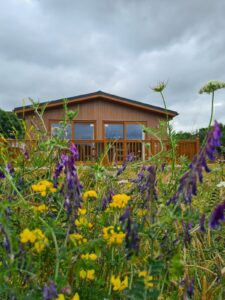
Wildflowers are our natural flowers that have not been altered, unlike many plants in our gardens that have been bred to promote specific features such as height, scent or eradicate disease.
On a summer’s day, one acre of wildflower meadow can support up to 96,000 honeybees. Over a third of the world’s food relies on pollination, without these foods would need to be artificially pollinated which would be very costly and time-consuming.
An established wildflower meadow can help prevent flooding due to the complex root system making the soil stable. This holds onto rainwater and stops important nutrients from being washed away.
Wildflowers over the centuries have been grown and used in medicine. Many are still used today in alternative therapies.
In Shakespeare’s Macbeth the Witch’s speech the first is “Double toil and trouble fire burn and cauldron bubble eye of newt and toe of frog, wool of bat and tongue of the dog by the pricking of my thumbs something wicked this way comes”.
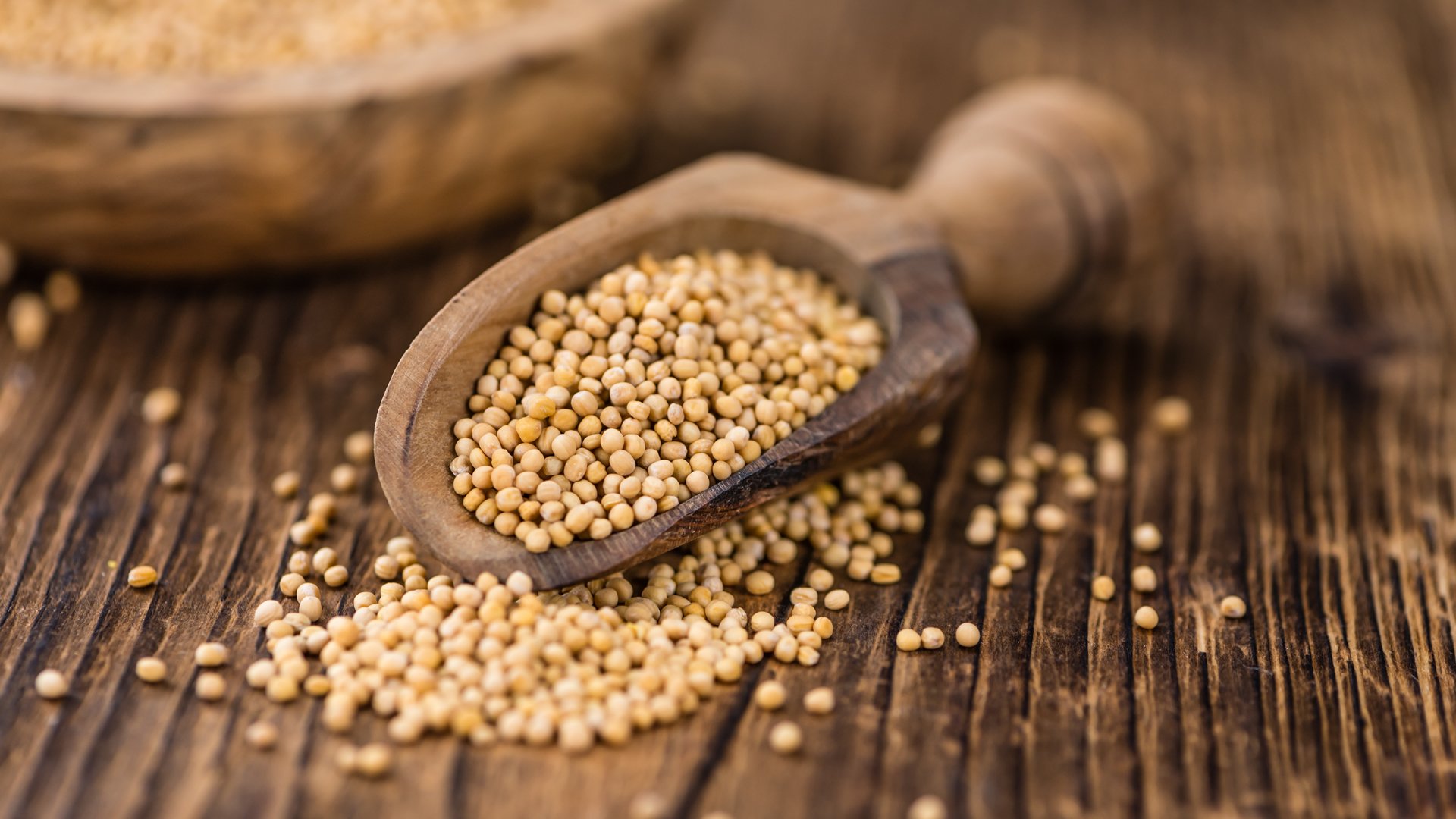
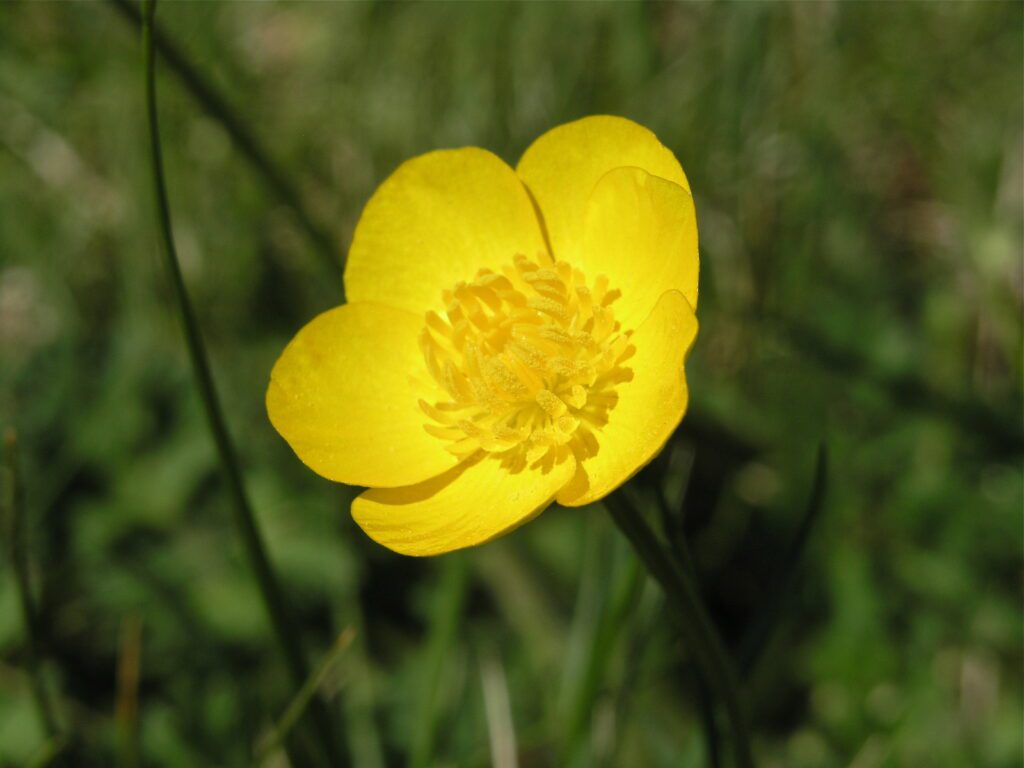
“Eye of Newt” is a mustard seed.
“Toe of Frog” is a buttercup.
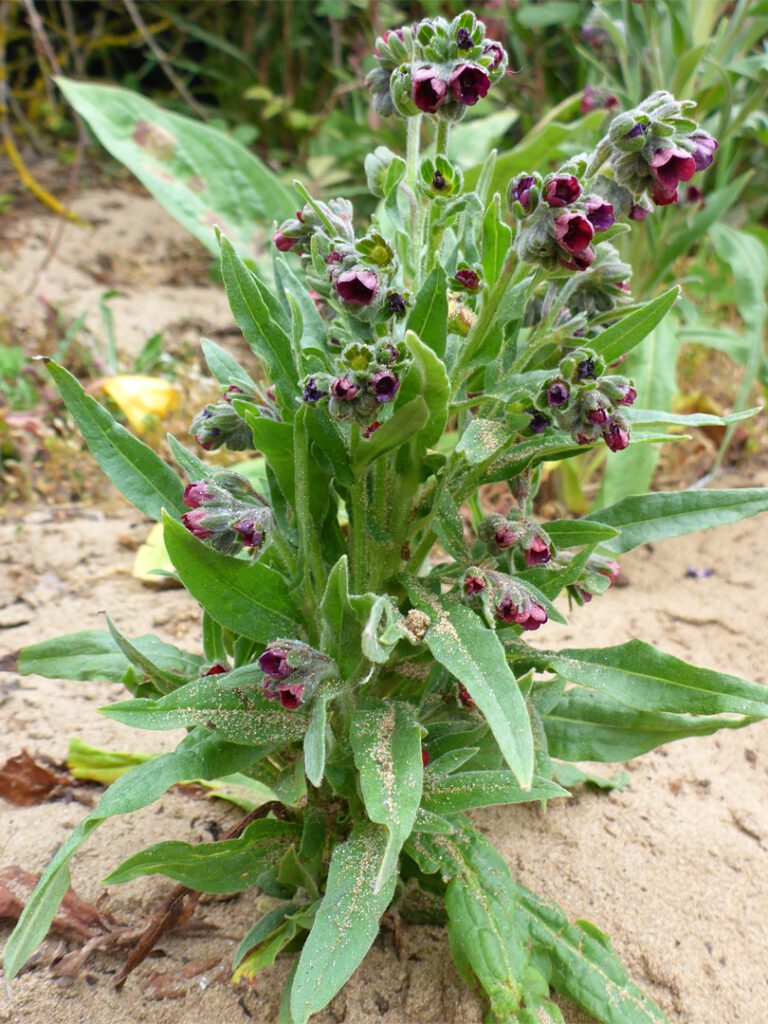
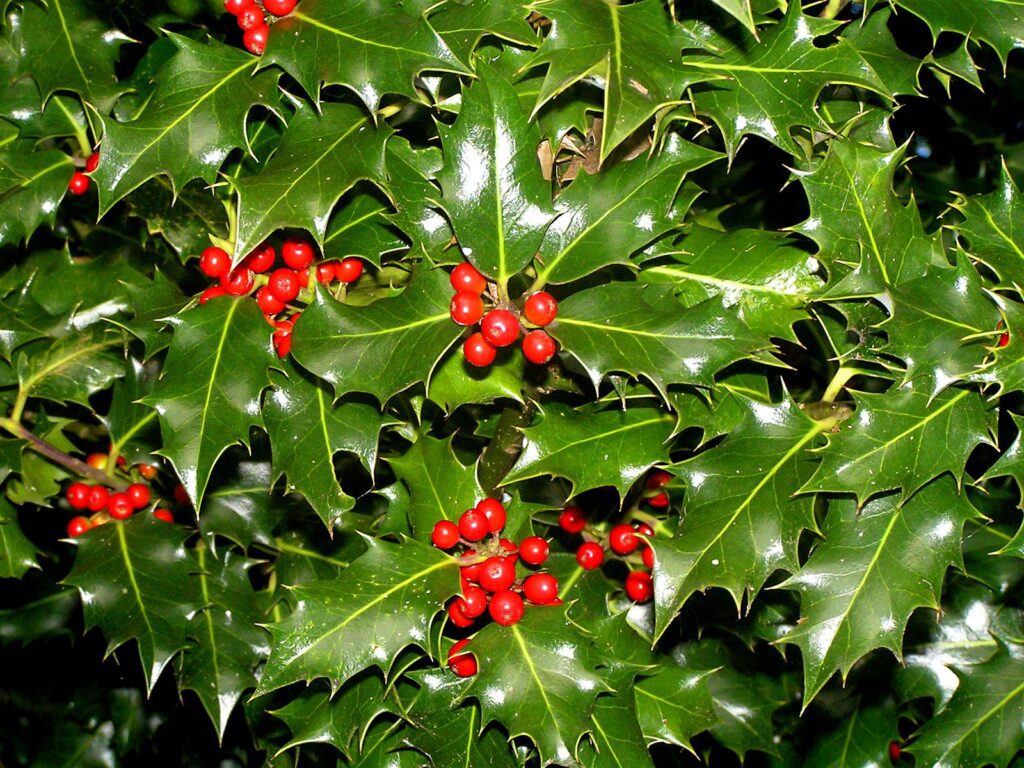
“ Tongue of dog” is a houndstongue weed.
“Wool of bat” is a holly leaf
Grasslands can help with the fight against climate change as they can reduce greenhouse gases.
In the 1930’s all parishes would have wildflower meadows we have now lost 98% of these. Farmers can receive subsidiaries to help convert some of their fields back to wildflower meadows to try and reinstate them.
By Lindsay Stuart

